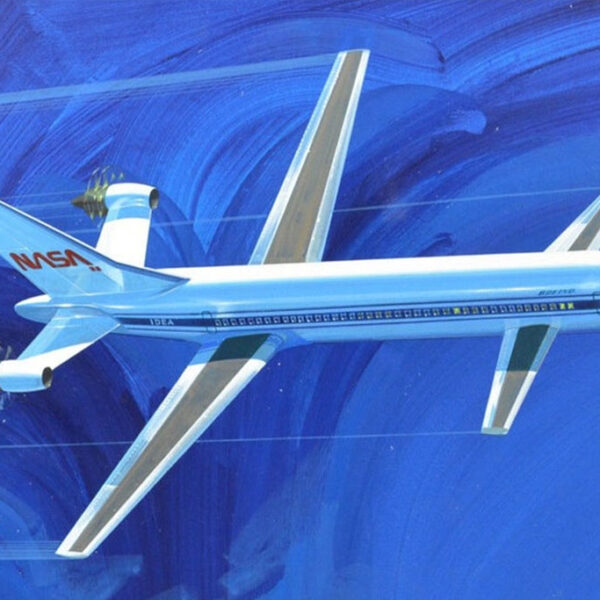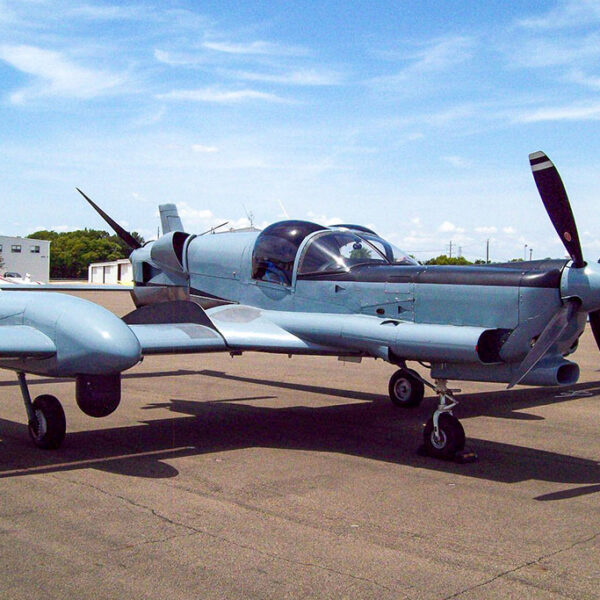Wings with Springs – Wing Suspension for Small Aircraft
Over the years, a number of interesting aircraft Supplemental Type Certificates, or STCs have been created. These STCs amount to research, engineering, and paperwork that enable major changes to be made to a given aircraft while allowing it to remain in the FAA’s “normal” category as opposed to relegating it to the “experimental” category. With the appropriate STC, one can upgrade an engine, change the shape of the wing, add floats, etc. In certain cases, entire wings can be added to an airplane to turn a Piper Cub into a biplane.
One of the most unusual and interesting modifications made available for small aircraft is the “Wings with Springs” mod, in which actual shock absorbers are added to an airplane’s wing to smooth the ride.
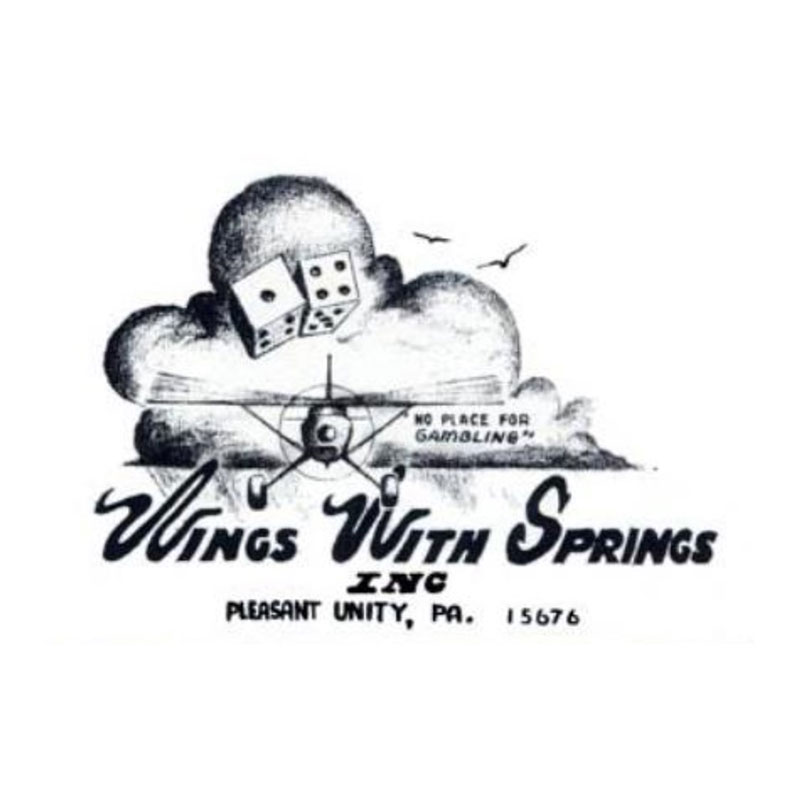
In the 1930s, a man named Earl Metzler observed some mechanics adjusting the wing dihedral on the struts of a US Mail airplane. He thought the process looked unnecessarily tedious and began working on an invention that would speed up and ease the process.
Before long, that idea morphed into the “Wings with Springs” idea. By 1957, he had developed, installed, and flown the system aboard a Taylorcraft BC-12D and had even managed to have the system approved by the CAA, as the FAA was previously known.
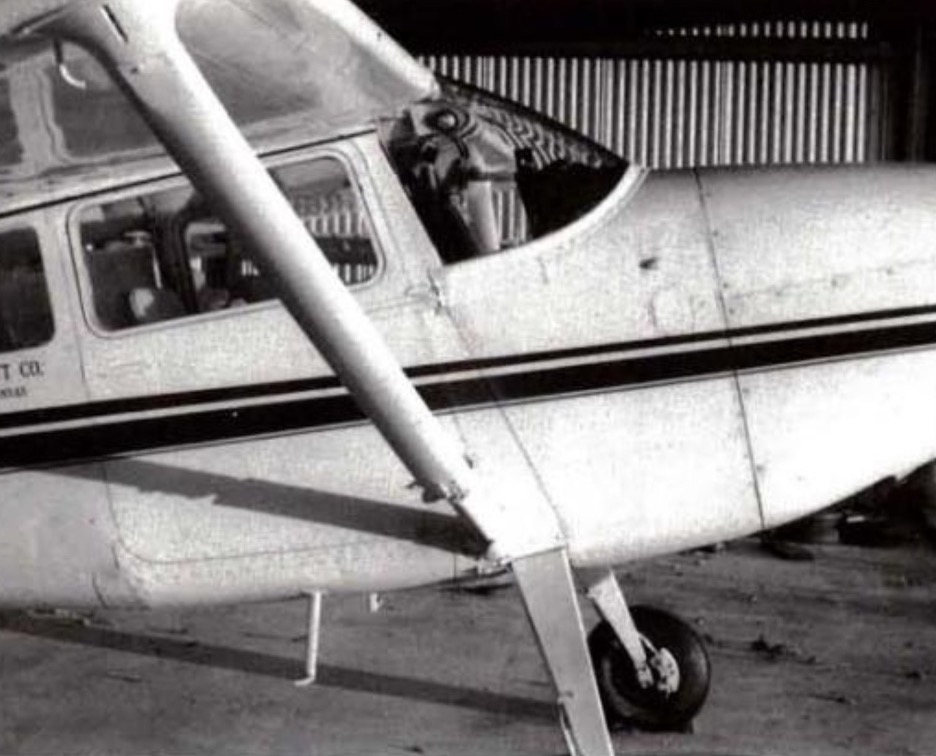
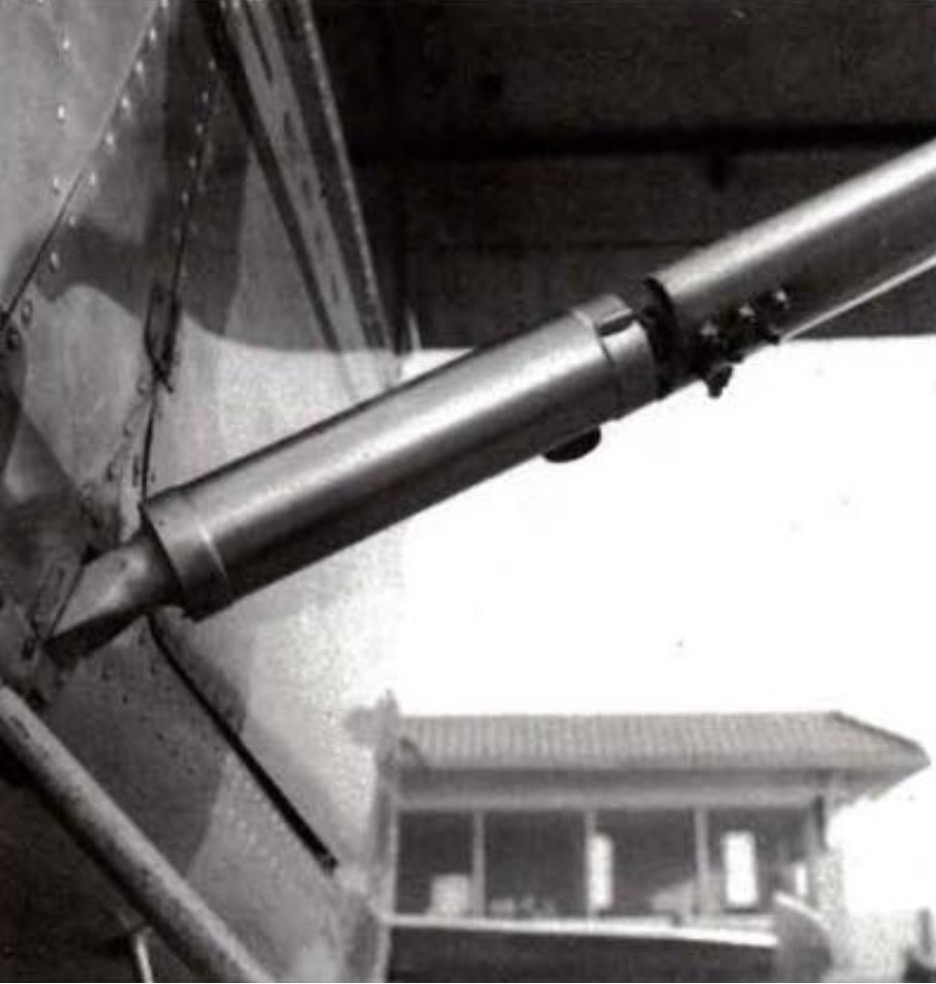

The system consisted of two 10″x2″ (25x5cm) air-charged shocks that were cushioned by oil and rubber. Two accumulators were installed underneath the seat and could be topped off with air from a bicycle tire pump. Finally, a gauge on the panel displayed the system pressure, which was 150 psi (10.3 Bar) under normal conditions.
The wings were designed to have zero dihedral when on the ground at rest and could move through a range of 30″ (76 cm), presumably measured at the wingtips:
No mention is made of the wing attachment points and whether they had actual pivoting hinges installed or whether they were somehow allowed to simply flex up and down.
But the system apparently worked fairly well.
In 1959, a Flying Magazine editor test-flew the Taylorcraft and was impressed. He claimed the increased comfort was noticeable and described how the shocks could be seen visibly compressing and extending as the aircraft passed through bumpy air.
But Metzler claimed advantages above and beyond comfort.
He claimed that he could “drop the airplane in” from ten feet without damaging the gear because of “the cushioning effect of the wings as they go from max dihedral to no dihedral when the wheels touch the ground.”
After significant testing on the Taylorcraft, Metzler moved on to an Aeronca as well as a Cessna 170B. A reporter was invited to fly the Aeronca, an airplane with which he was very familiar, and reported he couldn’t detect any difference in stability. He did, however, express concern about the strength of the small shock piston, predicting that its failure would result in the subsequent failure of the entire wing.
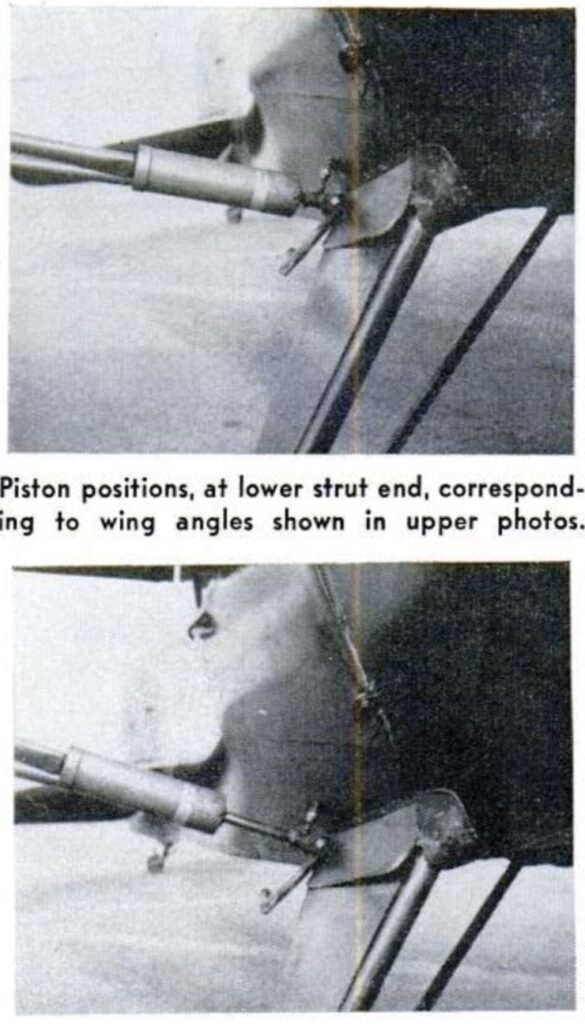

Nevertheless, Metzler’s efforts continued undeterred.
Later, he installed a set on a Cessna 180.
Note the pressure gauge mounted to the shock in a way to ensure it was visible from the cabin.
Apparently, one 180 owner – or perhaps the 180 owner who installed the system on their airplane – made an annual trip across mountains and desert, always encountering significant turbulence along the way. That pilot reported that with the modification, he didn’t have to reduce speed or change altitude, and despite flying through the same rough air as usual, the ride was very smooth.
Metzler died in Feb 2000 at 90 years old. After his death, his office was found littered with files, folders, paperwork, and an assortment of different versions of his invention in various states of assembly.
He worked, modified, tested, implemented, and fought to bring his invention to fruition until the end, convinced that it offered legitimate benefits but unable to convince many others.




It’s unclear whether the STC still exists, and if it does, who presently owns it. And it’s questionable what effect (if any) the modification would have on the overall safety and robustness of the airframe. But Metzler’s tenacity to work with the FAA and achieve certification was impressive, and his inexhaustible spirit of innovation is admirable.
It’s possible that someday, someone will resurrect the idea. Maybe it will be in the form of a crude addition to a small homebuilt aircraft, or maybe it will be purchased by Cirrus or Textron and marketed as “the next big thing” in general aviation. But until then, the concept lives on only in these old photographs and company brochures.



